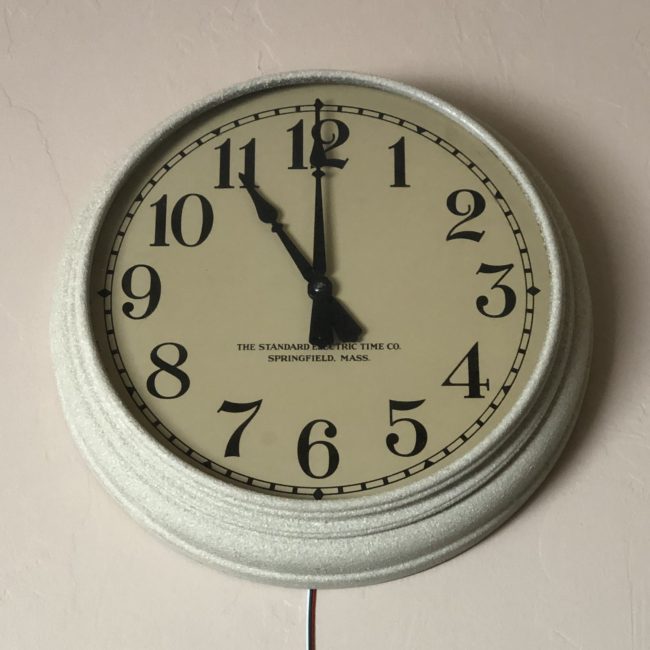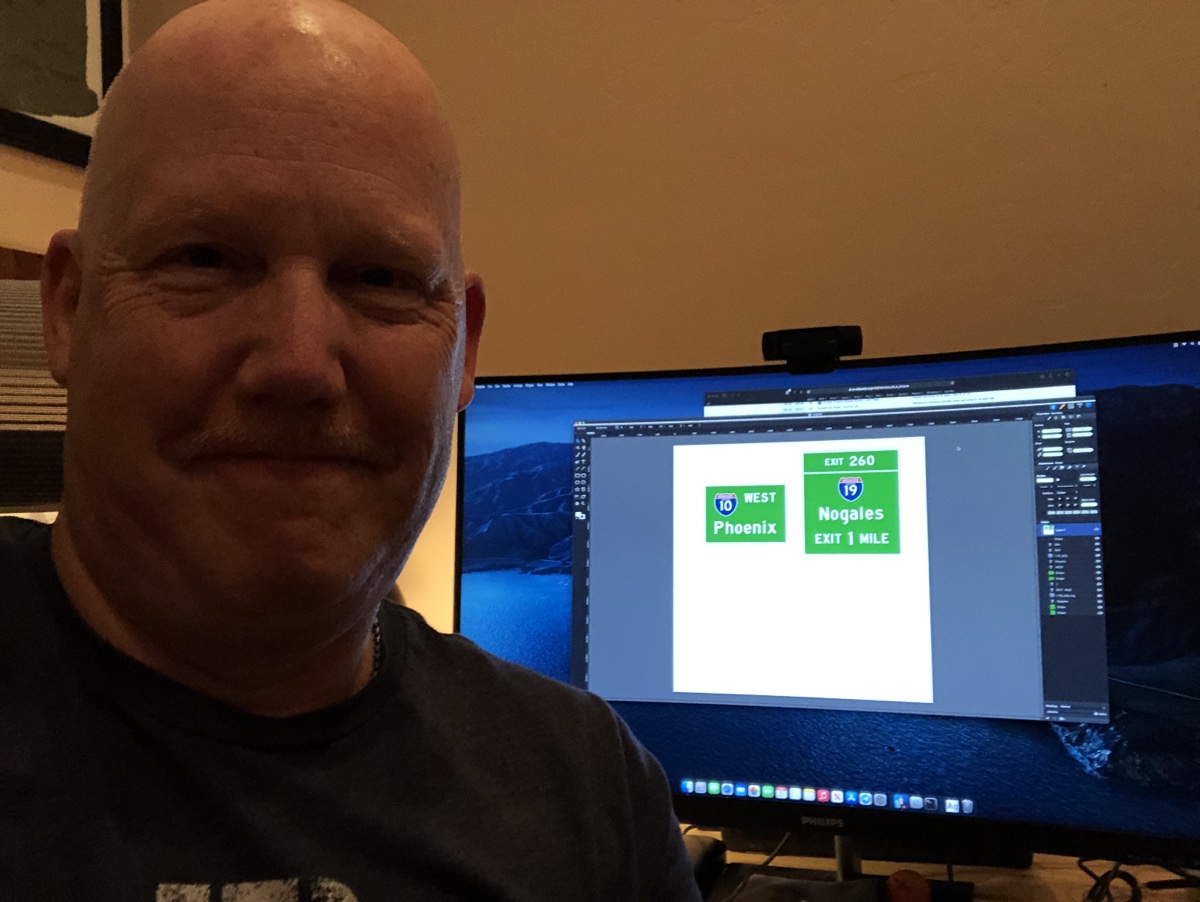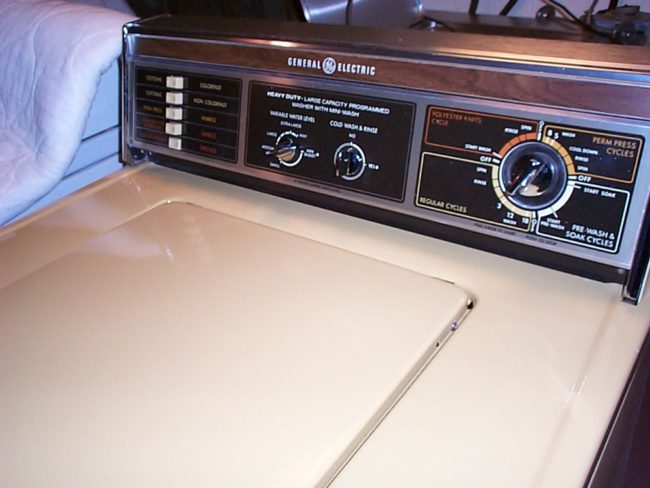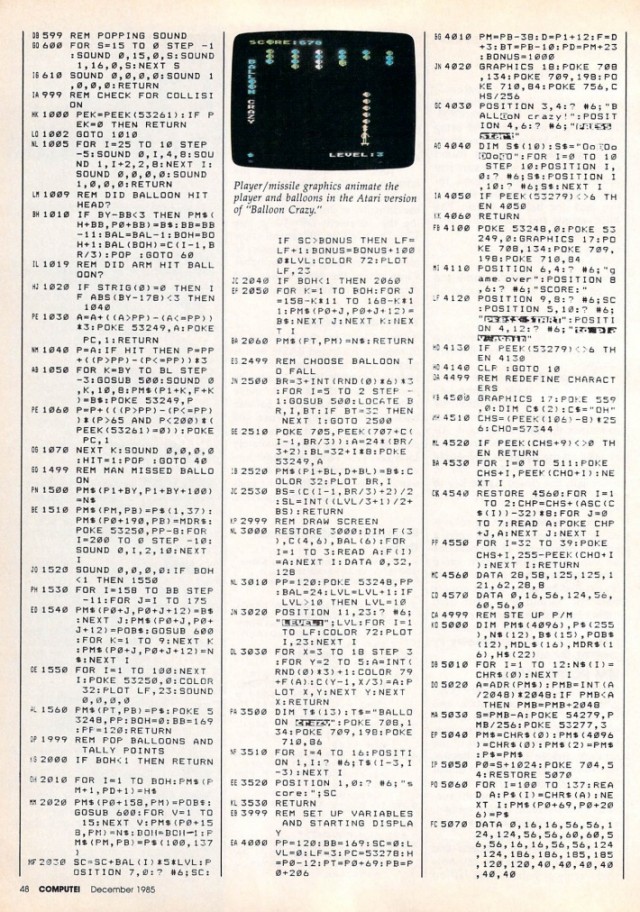
When we moved from Upstate New York to Chicago in 2017 I donated much of my school clock collection to family and the local Historical Society. The Historical Society is located in one of the old elementary schools in my home school district and they’ve installed the clocks but they’re not running yet. The next time I’m back east I’ll get them running. Apparently several visitors to the building have commented about the old clocks.
I had a few clocks that made the move from storage in Chicago to our home here in Tucson. Running wire throughout this house is not an option, as we have no attic or basement. However, there are a couple of places when I can pull wire without too much destruction so maybe I’ll get one or two going.
When the clocks were in the old house they were initially run by a master clock (the type of which would be found in an office of a school or commercial building) from 1957. That clock gave up the ghost and parts were hard to come by, so I ended up writing some software to run on a 1996 era IBM PC (Pentium III) that ran the clocks for about eight years. A terrible energy hog, I was determined that if I ever had the opportunity to get the clocks running again, I’d do it with 21st century technology.
Today I started up one clock with a Raspberry Pi 3 and relay board. Less than 100 lines of code and this 1939 Standard Electric Time slave clock is running flawlessly and synced to the Atomic Clock in Boulder, Colorado courtesy of a WiFi Internet Connection.
To give you a sense of the size of the computer running this clock, here it is, in a temporary box, next to a standard pair of scissors.

By the way, the clock in question is originally from Cassadaga Valley Central School in Sinclairville, New York. They were doing some major renovations in the school in the early 2000s and replaced the clock system. I had been in the school a couple of times in the 1980s and knew they had the same type of clock system I collected. They were happy to let me have one or two clocks for my collection, as they were just getting thrown away.
Perhaps they needed a little Raspberry Pi that fits inside a small box to get things going again.




